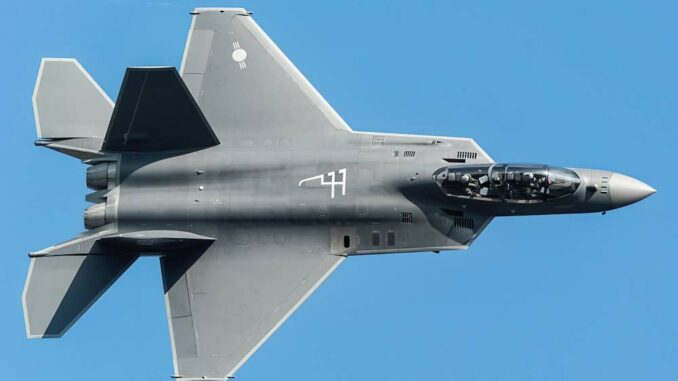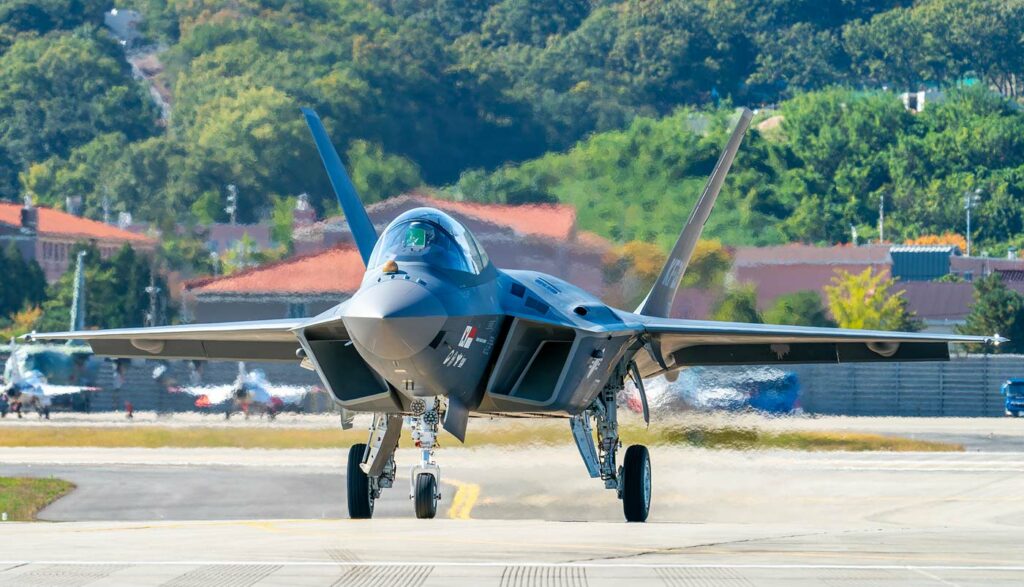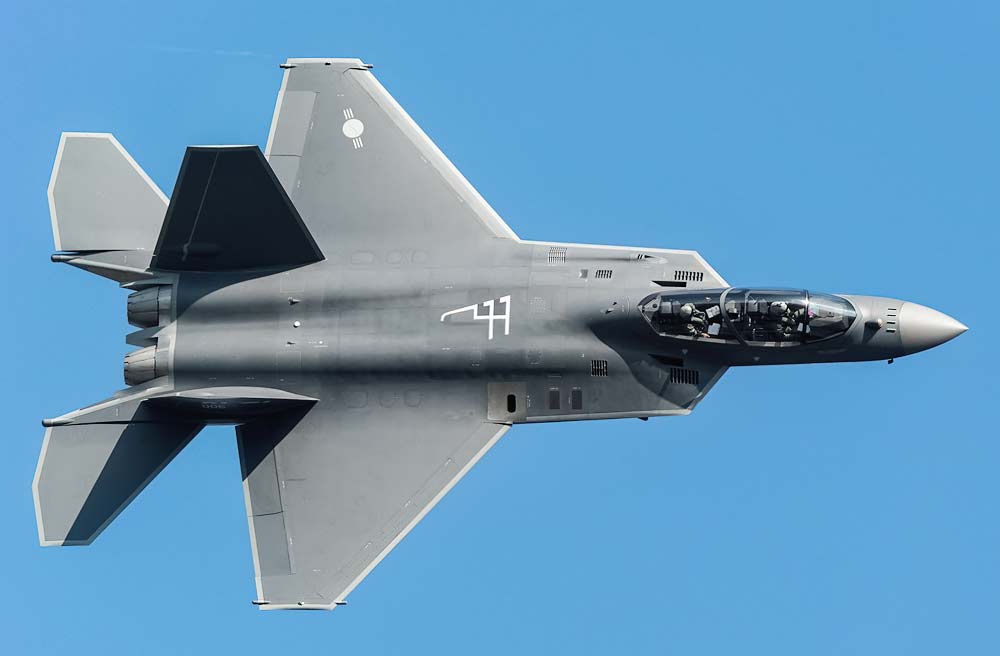
South Korea begins production of 40 KF-21 Boramae jets to modernize its air fleet and strengthen its defense capability, with an investment of $178.6 million.
Towards a new era for the South Korean air force with the KF-21 Boramae
South Korea takes a major step towards strengthening its air defense capabilities with the launch of mass production of 40 KF-21 Boramae fighter jets. With an allocated budget of 238.7 billion won (approx. $178.6 million), this initiative aims to replace the aging F-4 and F-5 fleets, integrating these new fighter jets as early as the second half of 2026. Designed and manufactured by Korea Aerospace Industries (KAI) with technological support from Lockheed Martin, the KF-21 is set to become the mainstay of the South Korean air force.

This project, which began in 2015, really took off in 2020 with the assembly of the first prototypes. The KF-21 stands out for its significant technological advances, including radars with active electronically scanned antennas and its ability to carry a wide range of advanced precision weapons. Flight and ground tests, as well as other evaluations, will continue until 2028, when the first air force squadrons will start using these jets for air-to-air missions.
Investment in this program is not confined to replacing existing fleets; it also incorporates a strategy to boost export competitiveness by adapting the KF-21 to carry long-range missiles. Collaboration with European weapons manufacturers such as MBDA and Diehl Defence for the integration of various missile systems illustrates South Korea’s ambition to position the KF-21 on the international market.
Strategic and commercial impact of the KF-21 Boramae program
The KF-21 Boramae program is part of a dynamic of modernization and strategic affirmation for South Korea, with repercussions that go far beyond the simple updating of military equipment.
Positively, the deployment of the KF-21 will strengthen South Korea’s defense capabilities in the face of regional threats, particularly from North Korea. By becoming the “backbone of the air force”, these jets will play a key role in the expansion of the three-axis system, enhancing South Korea’s military response to any aggression. On the industrial front, this program stimulates technological innovation and supports the national economy through job creation and investment in the defense sector.
Nevertheless, there is no shortage of challenges. The late payment by program partner Indonesia underscores the financial risks and complexities of international collaboration on major defense projects. Moreover, the ambition to export the KF-21 confronts South Korea with fierce competition in the global armaments market, requiring not only cutting-edge technical performance but also an effective marketing strategy.
South Korea’s drive to become a leading arms exporter is supported by its ranking as the ninth largest arms exporter from 2018 to 2022. However, achieving and maintaining this position requires an ongoing commitment to innovation and commercial diplomacy, particularly in a rapidly changing geopolitical context.

The start of mass production of the KF-21 Boramae marks a significant step forward for South Korea’s defense and aerospace industry, promising to modernize its air fleet while aiming for a stronger presence on the international arms market. This project illustrates the balance between strategic ambition and commercial challenge in the defense sector.
War Wings Daily is an independant magazine.